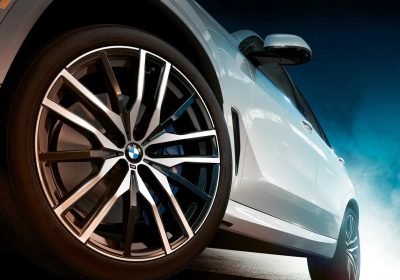The Pros and Cons of Tires with Different Tread Patterns

Tire tread patterns play a significant role in the performance and safety of your vehicle. Different designs are tailored to specific driving conditions and purposes, offering unique advantages and disadvantages. We will help you make an informed decision when choosing the most suitable option for your driving needs.
All-Season Tread
All-season tires are designed to perform well in a variety of weather conditions, making them a popular choice for many drivers. The tread pattern typically features a combination of circumferential grooves and small sipes. Pros of all-season one include:
- good traction on both wet and dry surfaces,
- improved handling,
- and longer tread life compared to specialized tires.
However, these tires may not provide optimal performance in extreme winter conditions or high-performance driving scenarios.
Summer Performance
Summer performance tires are engineered for enhanced grip and handling in dry and warm conditions. They feature wider and shallower grooves, allowing for better contact with the road. Advantages of summer performance tread include:
- exceptional traction,
- responsive steering,
- and improved braking capabilities.
However, the downsides include reduced performance on wet or cold surfaces and faster wear.

Winter/Snow Tread
Winter or snow tires are specifically designed to tackle icy, snowy, and slushy road conditions. These tires have a unique pattern with:
- deep grooves,
- wide lateral sipes,
- and additional biting edges.
The pros of winter/snow tread encompass superior traction on snow and ice, enhanced braking performance, and improved handling in cold temperatures. However, they may produce more road noise, provide reduced handling on dry roads, and wear out faster when used in warmer weather.
All-Terrain Tread
All-terrain tires are ideal for off-road enthusiasts and drivers who frequently encounter diverse terrains. These tires feature an aggressive tread pattern with large blocks, deep grooves, and robust sidewalls. The benefits include excellent traction on gravel, mud, and uneven surfaces, enhanced durability against punctures, and a rugged appearance. At the same time, they tend to have increased road noise, reduced fuel efficiency on highways, and compromised handling on smooth pavement.
Hybrid Tread
Hybrid patterns combine features from different types of tires, providing a versatile solution for drivers seeking a balanced performance across various driving conditions. These tires typically feature a mix of elements such as larger blocks, intermediate grooves, and sipes. The pros of hybrid tread encompass a decent balance between traction and handling on both wet and dry surfaces, acceptable performance in light snow, and longer life compared to specialized tires. However, they may not offer the same level of performance as dedicated tires in extreme conditions.
